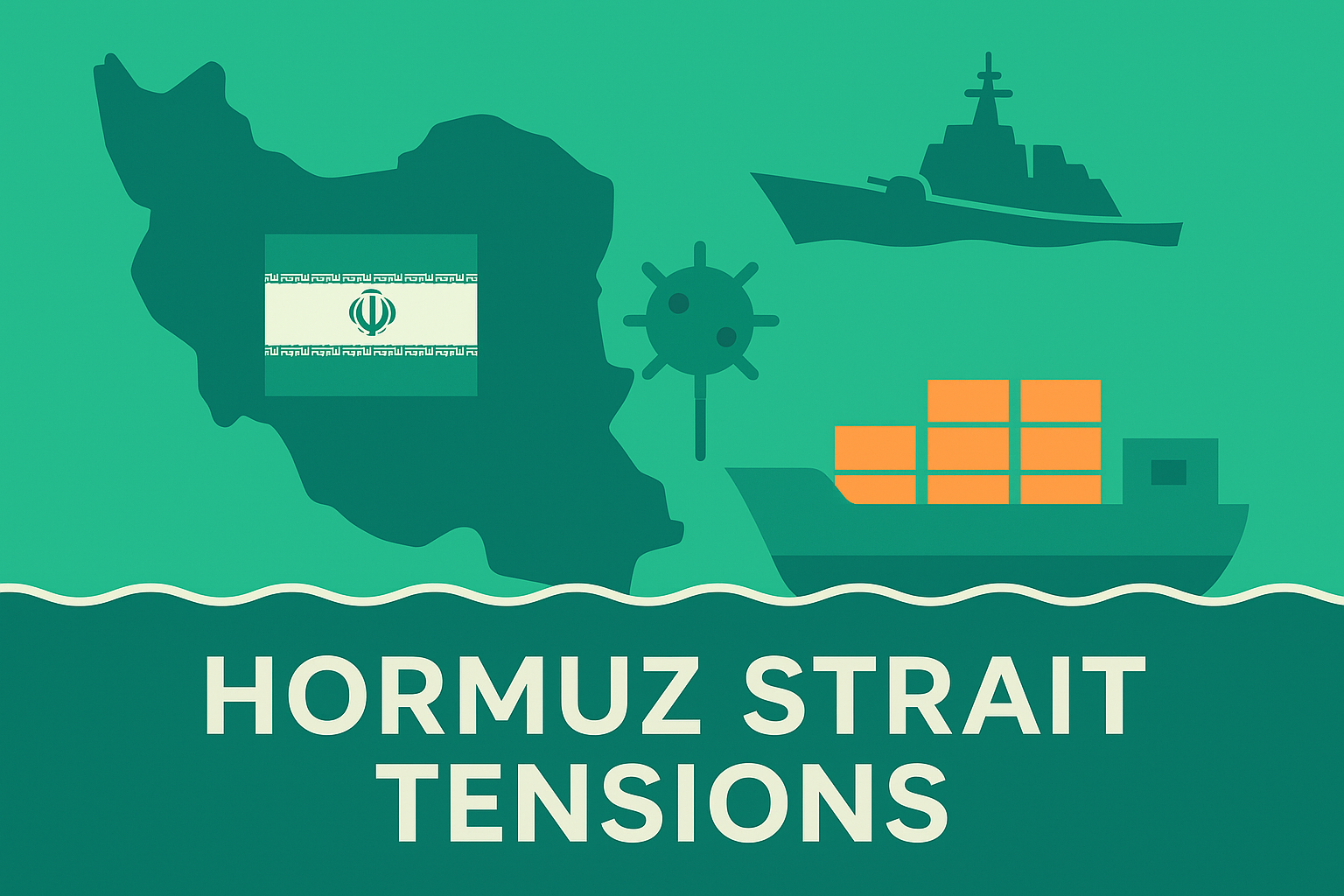July 2025: Middle East Instability and the Changing Structure of the Global Energy Economy
■ Introduction
As of July 2025, geopolitical tensions in the Middle East have once again escalated. In particular, growing confrontation between Iran and the U.S.–Israel axis has brought renewed attention to the strategic vulnerability of the Strait of Hormuz — a critical artery for global energy transport. This report analyzes the strategic significance of the strait, the unfolding situation, and the ripple effects on the global economy, energy logistics, and financial markets. It concludes with recommendations for policy and investment strategy.
■ 1. Strategic Significance of the Strait of Hormuz
The Strait of Hormuz is the maritime chokepoint through which roughly 20% of the world’s oil supply (17 million barrels per day) passes. For Gulf states (Saudi Arabia, UAE, Kuwait, Iraq, Iran), it is the sole sea-based export route. For import-reliant economies such as the U.S., China, Japan, and South Korea, it is a critical supply chain lifeline.
■ 2. Latest Developments in July 2025
● Military Dimension
- In late June, U.S. and Israeli forces conducted precision strikes on Iranian nuclear facilities.
- In response, Iran was reportedly preparing to deploy naval mines in the Persian Gulf (Reuters, July 1).
- While no mines have been deployed yet, tensions among commercial vessels are escalating.
● Economic Dimension
- Tankers and container ships are rerouting or turning back, leading to rising insurance premiums and freight rates.
- Oil prices spiked temporarily but dropped from over $75 to below $65 following comments by former President Trump calling for price restraint.
- Markets currently assume a low probability of actual closure, but risk premiums remain embedded in pricing.
■ 3. Economic Transmission Channels
【Energy Markets】
- Even a brief closure would trigger immediate supply constraints for oil and LNG.
- Countries like Japan, South Korea, and India—where over 85% of energy imports transit the strait—face direct inflationary and FX pressures.
- Alternative routes (e.g., UAE’s pipelines, Iraqi land transport) are insufficient to fully offset losses.
【Logistics, Insurance, and Finance】
- War risk premiums on maritime insurance are rising, affecting regional trade and shipping costs.
- Growing geopolitical uncertainty could drive a flight to safety, strengthening the U.S. dollar and weakening emerging market assets.
【Financial Markets】
- Energy and defense stocks tend to outperform in these scenarios, while net energy importers suffer.
- Central banks may delay rate cuts in the face of inflationary pressures, complicating monetary policy.
■ 4. Strategic Recommendations
【Short-Term】
- Investors should hedge exposure through energy, shipping, and defense equities.
- Governments must act swiftly to release reserves, diversify routes, and secure energy supplies.
【Medium to Long-Term】
- Energy-importing nations must reframe energy security as a core part of national economic security.
- Diplomatic engagement through third-party mediation (e.g., Oman, Turkey) is necessary to avoid escalation.
■ Conclusion
The Hormuz Strait remains open but highly vulnerable. No closure has occurred, but Iran’s signaling indicates clear intent. While markets are largely composed, the latent fragility of global energy logistics is apparent. A single mine or missile could send shockwaves across oil markets, global trade, and financial systems.
Policy leaders and investors must not be lulled into complacency by temporary calm. The current situation demands quiet vigilance, strategic foresight, and operational readiness.


